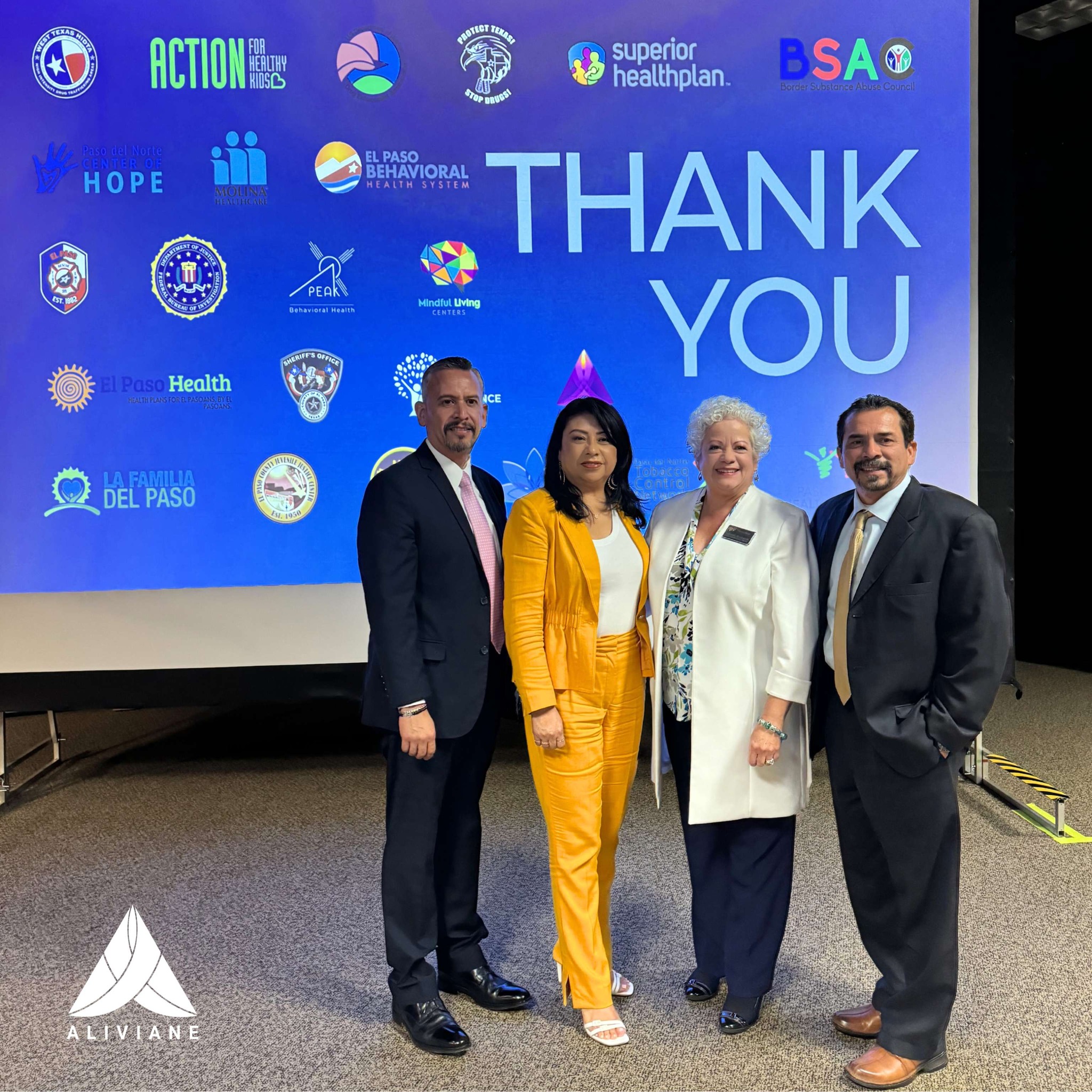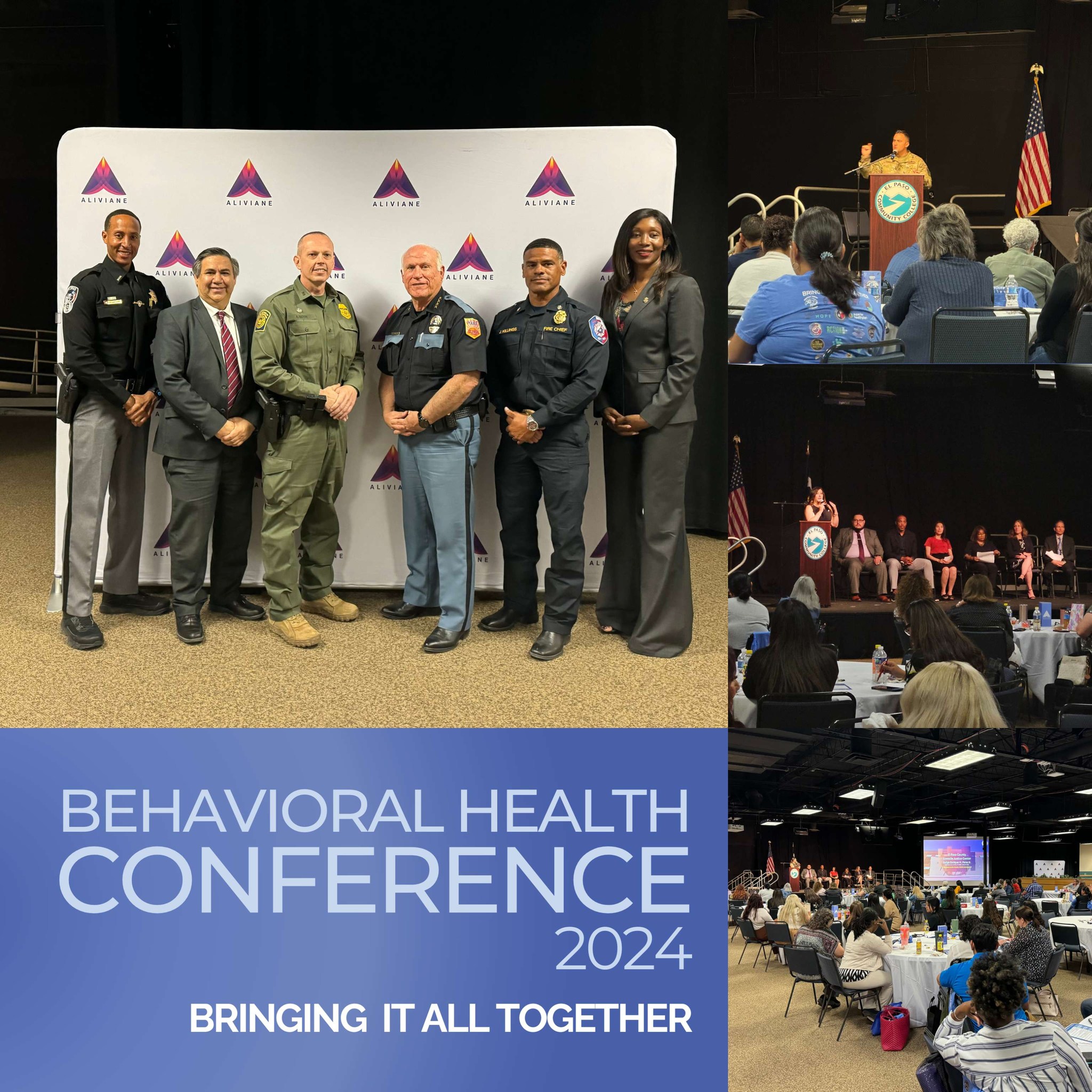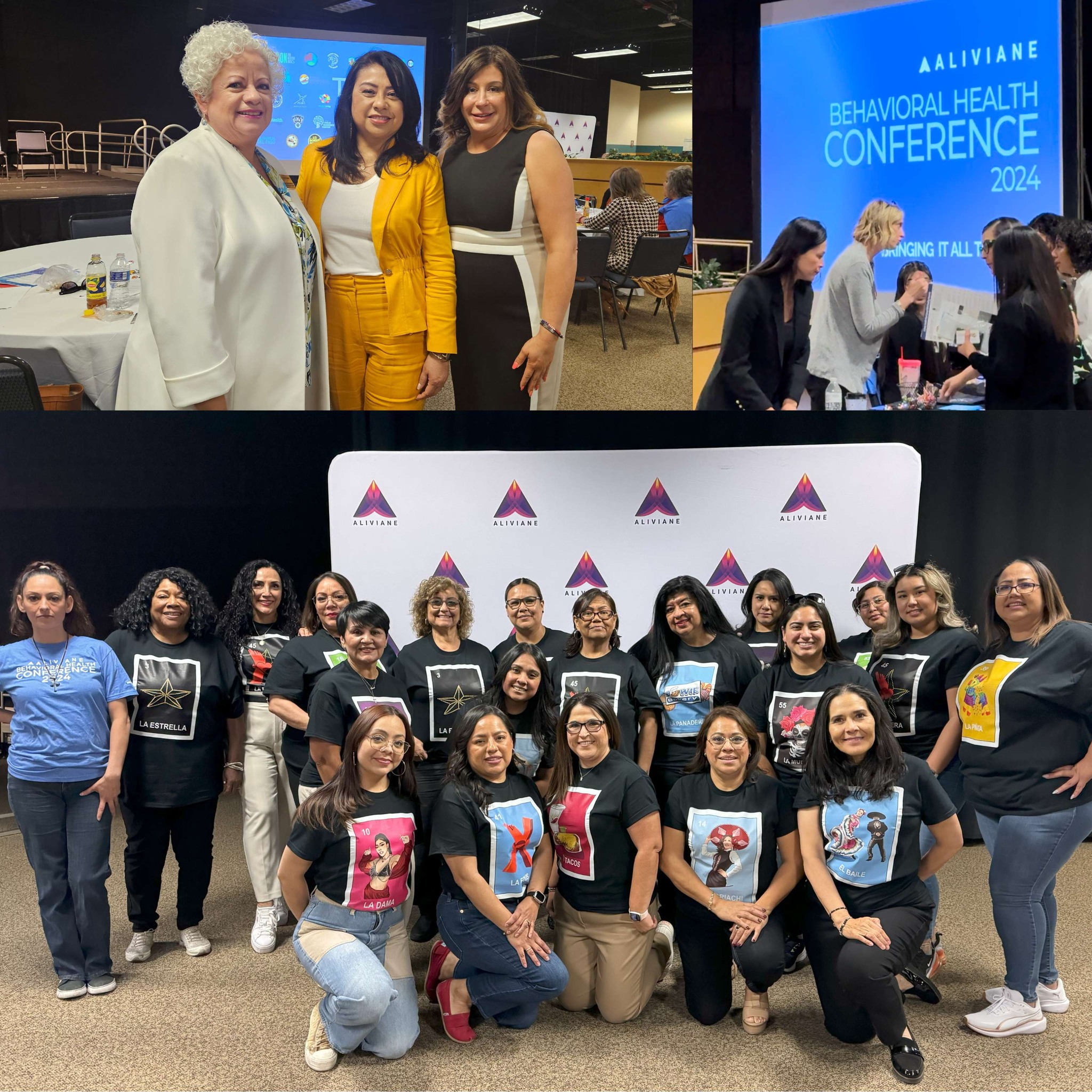|
Back to Prevention Stories
Bringing it All Together
Hosted by:
Aliviane

Please briefly describe your Communities Talk activity.
The event was held in person, where there were different topics and partners presenting on vaping, which is affecting the El Paso, Texas, community. Several speakers discussed the effects it is having on families and youth in school, and the consequences if youth are caught with devices. There were two panels; one included law enforcement and, for the first time in this event, the different law enforcement representatives came together on one topic that is also big in this community: fentanyl. The second panel included parents who were directly affected by fentanyl overdose by their loved one. The parents lost a child to overdose and, as a result of this topic, the program created a billboard to increase awareness on the dangers of fentanyl. Materials including pamphlets, brochures, and fact sheets were created and distributed to increase awareness. The link to the event is https://www.Aliviane.org.

How does alcohol and other drug misuse affect your community?

Due to social norms and culture, underage drinking is high in this community. There are increases in DWIs that include minors. Being in a border town is also a factor in the increase in substance misuse and the use of youth in drug trafficking, causing youth to start using early in their life. The Prevention Resource Center developed a Regional Needs Assessment (RNA) with data on this community. The RNA is located at https://www.Aliviane.org under the Prevention Resource Center link.

Which prevention strategy(ies), as defined by SAMHSA’s Center for Substance Abuse Prevention, best fit your Communities Talk activity?
- Community-Based Process Strategy - focuses on enhancing the capacity of the community to address AOD issues through organizing, planning, collaboration, coalition building, and networking.
- Information Dissemination Strategy - focuses on improving awareness and knowledge of the effects of AOD issues on communities and families through “one-way” communication with the audience such as speaking engagements, health fairs, and distribution of print materials.
- Problem Identification and Referral Strategy - focuses on identifying individuals who have infrequently used or experimented with AOD who could change their behavior through education. The intention of the screening must be to determine the need for indicated prevention services and not treatment need.`
- Education Strategy - focuses on “two-way” communication between the facilitator and participants and aims to improve life/social skills such as decision making, refusal skills, and critical analysis.
- Alternative Strategy - focuses on redirecting individuals from potentially problematic situations and AOD use by providing constructive and healthy events/activities.

What goal(s) did you hope to accomplish with your Communities Talk activity?
- Develop strategic plans to reduce and prevent alcohol and/or other drug misuse.
- Build coalitions with other agencies or programs to reduce and prevent alcohol and/or other drug misuse.
- Enforce compliance checks to reduce youth access to alcohol and/or other drugs.
- Reduce or limit alcohol and/or other drugs outlet density.
- Implement social host ordinances.
- Work with my local legislators or policymakers to educate about the importance of changes to, or recommend enforcement of, existing laws and policies.

Did you accomplish your goal(s)?
Yes

What challenge(s) did you face in planning your activity this year?
- Needed additional resources to conduct activity
- Unforeseen difficulties when planning our activity

How did you overcome these challenges?
We created an event-planning committee that included all the partners, which allowed the event to run more smoothly

What are your next steps?

- Host follow-up meetings or activities
- Create new action groups to tackle specific issues raised during our Communities Talk activity
- Expand our coalition with new partnerships in the community
- Support new prevention policies, legislation, or social ordinances
- Conduct research efforts to learn more about issues in our community
- Create a public education campaign to raise awareness and/or change behaviors around underage drinking (i.e., create PSAs and other promotional materials)

If you’ve conducted Communities Talk activities in prior years, how has your repeated participation contributed to progress in achieving your prevention goals?
We’ve continued partnerships and created new partnerships with those interested in the event. We also increased awareness, especially in the rural/colonias where we have a hard-to-reach population.

Organizations that conduct Communities Talk activities often involve other organizations in the planning and execution of events. Please indicate which type(s) of organizations you involved in your activity planning.
- Faith-based based organizations
- Law enforcement
- Youth-led organizations
- Secondary schools
- Elementary schools
- Colleges or universities
- Local chapters of national organizations
- Charitable organizations
- Local businesses
- State and local government agencies (e.g., public health departments)
- Recovery support services

Which of the following best describes the primary audience(s) for your Communities Talk activity?
- Parents
- Teachers or other education staff
- Prevention specialists and volunteers
- Law enforcement officials
- Youth leaders (e.g., coaches, parks and recreation personnel, and scouting leaders)
- Healthcare providers
- The media
- Hispanic community members

How did you reach and engage your primary audience(s) to encourage them to participate in your activity?
We reached and engaged our audience by promoting the event and including them in the planning phase of the event. The event was culturally relevant to the population, and the team engaged the audience in a local game called Loteria. The audience was super receptive and enjoyed the engagement event.

Which Communities Talk resources (or other SAMHSA resources) were most helpful for your activity?

- Prevention-related webinars
- Prevention videos, such as College Drinking: Prevention Perspectives
- SAMHSA’s Event Planner
- Tips & Tools for Hosting a Virtual Event
- StopAlcoholAbuse.gov website
- Communities Talk website
- Communities Talk planning guides
- Communities Talk toolkits
- Communities Talk social media content (e.g., Facebook, Twitter)
- Communities Talk Find an Activity Map
- The organization is always looking for new or updated information before planning an event, the sites are very useful to provide the must up to date information and very creative in their ideas.
|
|